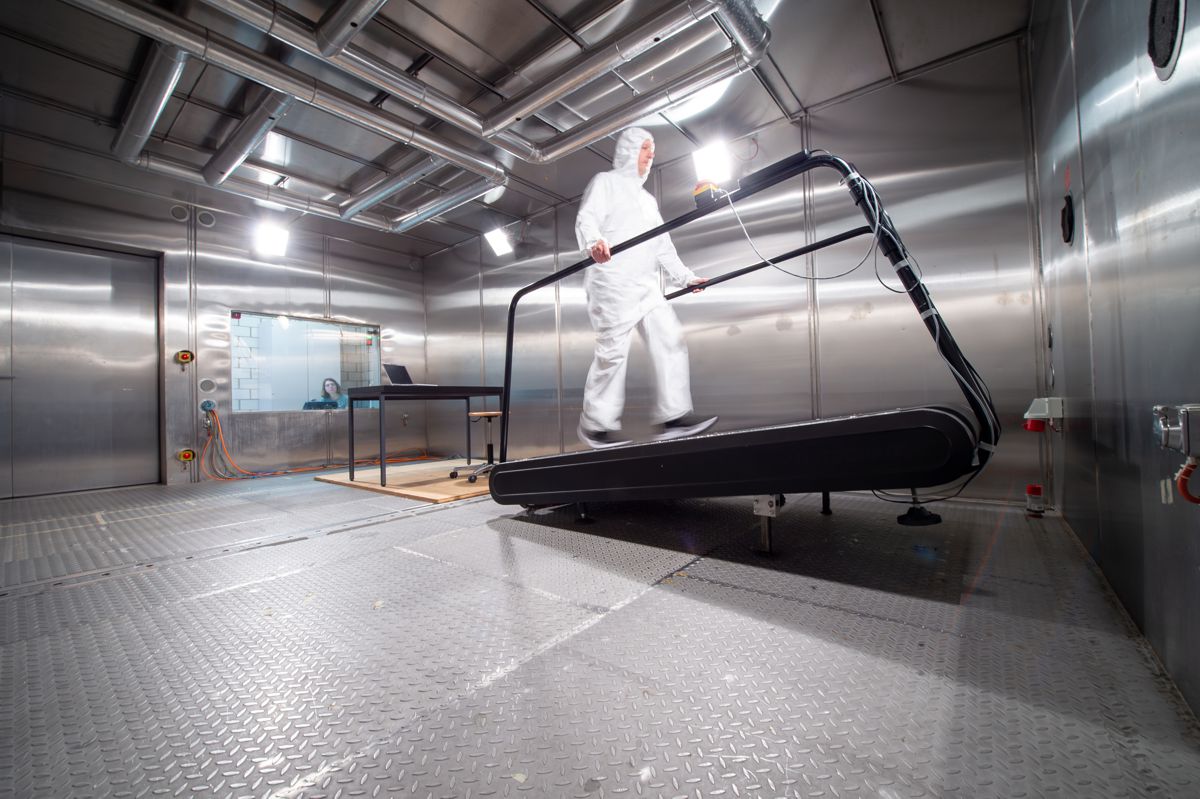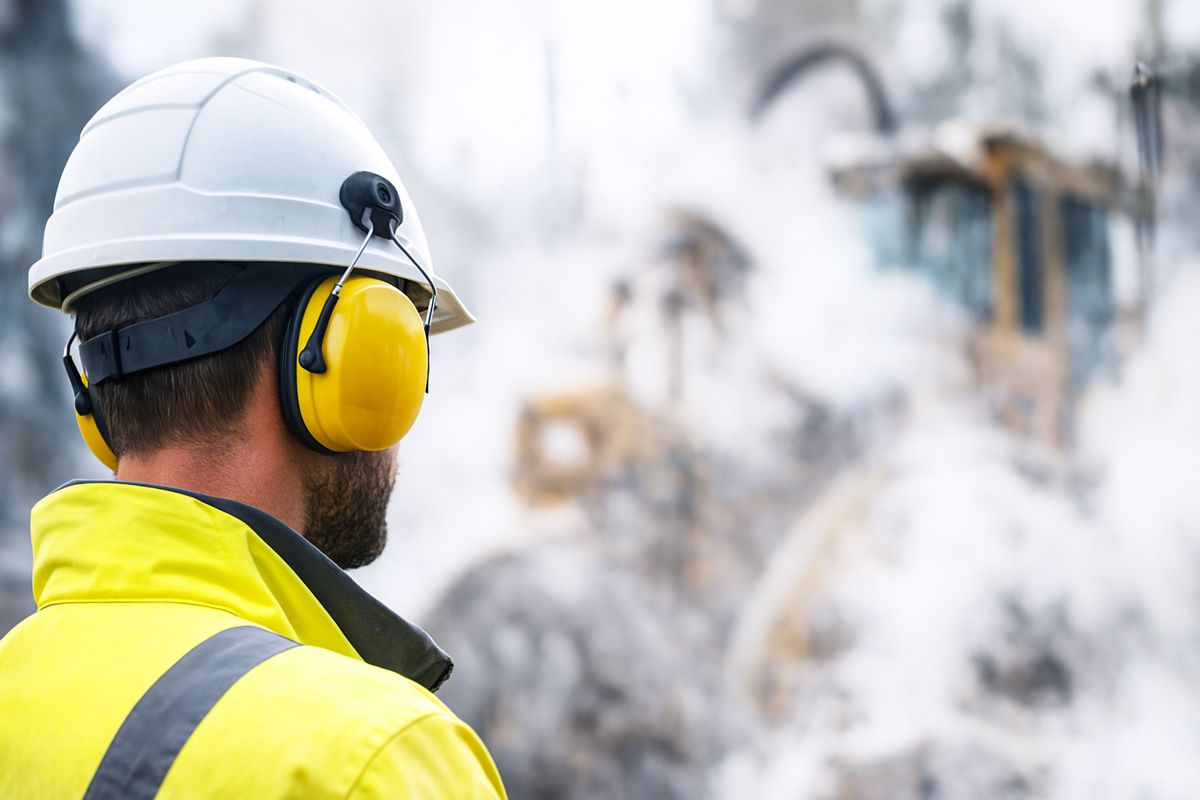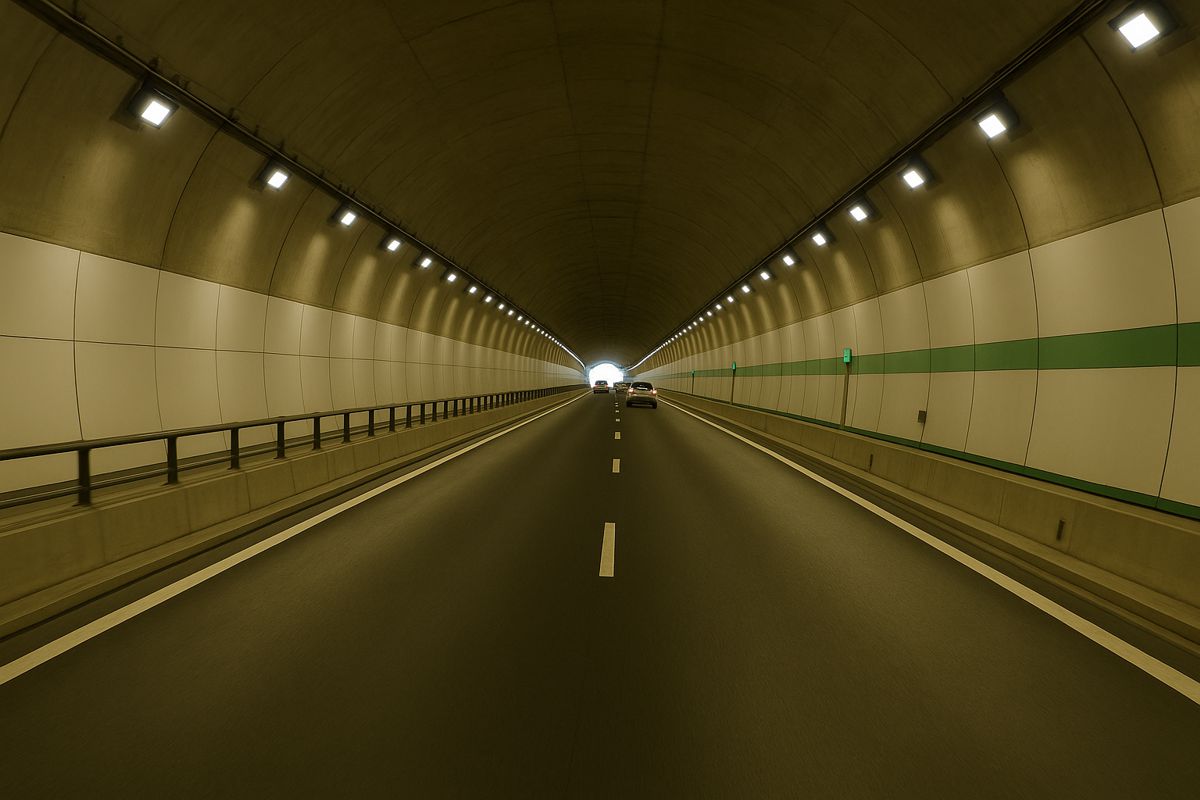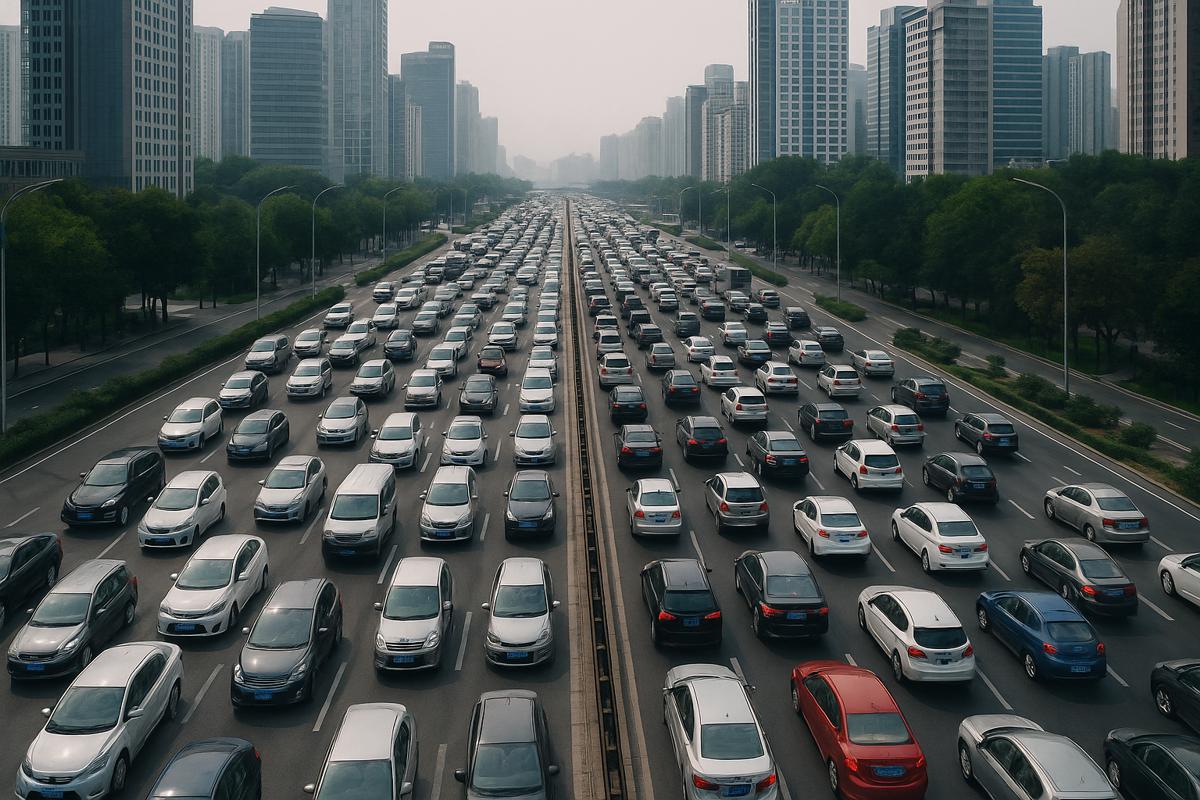AI Traffic Analysis Transforms Urban Road Safety
New York City’s extensive network of traffic cameras has long generated a mountain of visual data, yet only a fraction of that information has traditionally been examined. Transportation agencies, strapped for time and resources, rarely have the capacity to sift through countless hours of footage to uncover the early warning signs of emerging safety risks. Recognising this challenge, researchers at the NYU Tandon School of Engineering have unveiled an artificial intelligence system designed to change how cities understand and respond to dangerous road conditions.
The system, known as SeeUnsafe, blends visual intelligence with language reasoning to automatically detect collisions and near-misses in traffic video. Rather than relying on major new infrastructure investments, it uses the city’s existing cameras to strengthen road safety insights. The work, published in Accident Analysis and Prevention, earned New York City’s Vision Zero Research Award for its practical contribution to the City’s road safety objectives. Professor Kaan Ozbay, the senior author of the research, presented the findings at the eighth annual Research on the Road symposium on 19 November.
Cross-Disciplinary Innovation at NYU
The SeeUnsafe project draws on expertise from NYU’s Center for Robotics and Embodied Intelligence and the university’s C2SMART centre, which focuses on smart mobility and transportation research. This collaboration enabled the team to apply multimodal large language models to long-form traffic video, marking one of the first uses of such models in real-world transport analysis.
Ozbay highlighted the significance of this capability: “You have a thousand cameras running 24/7 in New York City. Having people examine and analyse all that footage manually is untenable. SeeUnsafe gives city officials a highly effective way to take full advantage of that existing investment.”
His colleague and co-author, Associate Professor Chen Feng, emphasised the system’s accessibility: “Agencies don’t need to be computer vision experts. They can use this technology without the need to collect and label their own data to train an AI-based video analysis model.”
Their work builds on years of research around data-driven mobility, combining machine learning, traffic engineering and urban planning into a single analytical tool.
How SeeUnsafe Detects Risk More Effectively
The system was evaluated using the Toyota Woven Traffic Safety dataset and demonstrated strong performance, correctly classifying videos as collisions, near-misses or normal traffic in 76.71 percent of cases. It also identifies which road users were involved in critical events, with accuracy reaching 87.5 percent.
This level of detail matters. Traditional approaches often focus on incidents that have already occurred, yet many crashes are preceded by near-misses that hint at deeper design or behavioural issues. By consistently identifying such patterns, SeeUnsafe allows agencies to intervene earlier.
These interventions might include:
- Adjusting signal timings to reduce conflict points
- Installing clearer signage to guide road users
- Improving road layout to create safer approaches
- Redesigning intersections with high volumes of risky manoeuvres
Such data-backed decision-making helps cities act before minor conflicts escalate into serious or fatal incidents.
Understanding Why Collisions and Near-Misses Occur
A distinctive feature of SeeUnsafe is its ability to generate natural language safety reports. These reports describe the factors that influenced its classification decision, including weather conditions, the behaviour of different road users, traffic density and specific movements that contributed to near-misses or collisions.
This interpretability helps transportation planners understand not only where risks occur, but why. Explanations that mirror a human reviewer’s reasoning support more informed planning discussions and can strengthen evidence used to prioritise redesigns or traffic calming measures.
Although the system faces challenges, such as reduced accuracy in low-light conditions or when object tracking becomes unreliable, the research team notes that these limitations represent opportunities for future refinement. Their findings provide a foundation for wider adoption of AI-based safety analysis, especially as camera quality and computing power continue to improve.
Extending AI Safety Tools Beyond Infrastructure Cameras
The potential applications extend beyond public CCTV systems. The researchers suggest that similar models could be integrated with in-vehicle dash cameras, providing real-time insights from the driver’s immediate environment. Such capabilities could feed into advanced driver-assistance systems or fleet monitoring tools, strengthening commercial transport safety.
Real-time risk detection could support:
- Fleet operators monitoring driver behaviour
- Municipal agencies evaluating emerging hazards
- Insurance companies analysing risk profiles
- Vehicle manufacturers developing new safety technologies
As more vehicles adopt connected and automated systems, incorporating multimodal AI that understands both video and language may become an industry standard.
Part of a Broader Safety Research Ecosystem
The SeeUnsafe project forms part of NYU’s expanding portfolio of transportation safety research. The C2SMART centre has led or contributed to numerous recent initiatives focusing on the challenges facing New York City’s road network.
Examples include:
- Investigating how heavy electric trucks could accelerate wear on roads and bridges
- Tracking neighbourhood variations in driver behaviour following speed camera deployment
- Creating a digital twin to optimise routing and reduce emergency response times for FDNY
- Supporting a multi-year project to monitor the Brooklyn-Queens Expressway for overweight freight vehicles
Each project shares a common goal: to help the City manage its infrastructure more intelligently, reduce risk and deliver more efficient public services.
The authors of the SeeUnsafe study include lead author Ruixuan Zhang, a Ph.D. candidate in transportation engineering at NYU Tandon, along with Beichen Wang and Juexiao Zhang from NYU’s Courant Institute of Mathematical Sciences, and Zilin Bian, an NYU Tandon graduate now serving as an assistant professor at the Rochester Institute of Technology.
Funding was provided by the U.S. Department of Transportation’s University Transportation Centres Programme and the National Science Foundation, reflecting the national importance of AI-enabled transport safety research.
Strengthening City Safety Strategies
The emergence of SeeUnsafe demonstrates how existing urban assets can be transformed with intelligent technology. New York City’s extensive camera network has always represented a rich source of information, yet much of that value remained locked behind the limitations of manual analysis. By automating the most time-consuming tasks, SeeUnsafe opens the door to a more proactive, data-driven approach to road safety.
The ability to detect near-misses gives planners insight long before crashes occur, helping to guide more efficient investments and target safety interventions with greater confidence. With urban populations continuing to grow, tools like SeeUnsafe offer cities new ways to keep streets safer, more resilient and better connected.




















